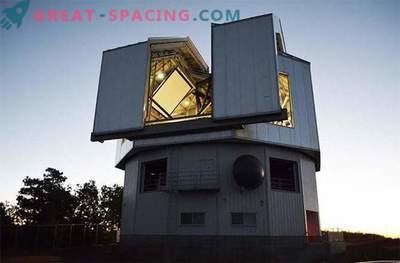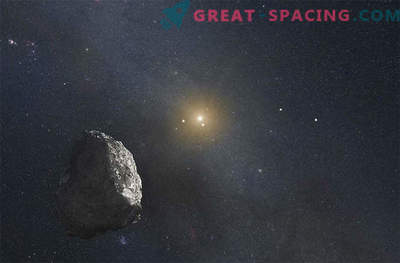
Near-Earth objects are small bodies in the solar system, whose orbits sometimes bring them closer to the Earth, creating a potential threat of collision. These bodies act as indicators of the composition, dynamics, and environmental conditions throughout the solar system and the history of our planetary system. Most of the meteors come from near-Earth objects, which are one of the key sources of knowledge about the system development process. It is much easier to get close to some of them than to a satellite or a planet, so they are potential targets for NASA missions. The total number of known such objects exceeds 18,000.
Recently, the detection rate has increased dramatically due to the mandate of the Congress in 1998 (90% of near-earth objects with parameters greater than 1 km were found). They represent a threat and are interesting from the point of view of study, therefore it is important to know the exact number and location. But there is a problem. The process of detecting near-Earth objects requires distinguishing between known and unknown targets, and then tracking down previously unknown targets in order to measure their orbits. Many objects after finding not studied. The researchers decided to analyze the reports from 2013-2016. and identified over 170,000 objects (including comets) as likely candidates. Researchers estimate that about 18% of all candidates for near-earth objects remain unconfirmed. Causes include delays in the detection message, or the fact that fixed objects appear weaker and more difficult to track. The analysis shows that the number of unconfirmed objects may exceed one thousand, therefore, they stressed the need to improve detection systems.










































